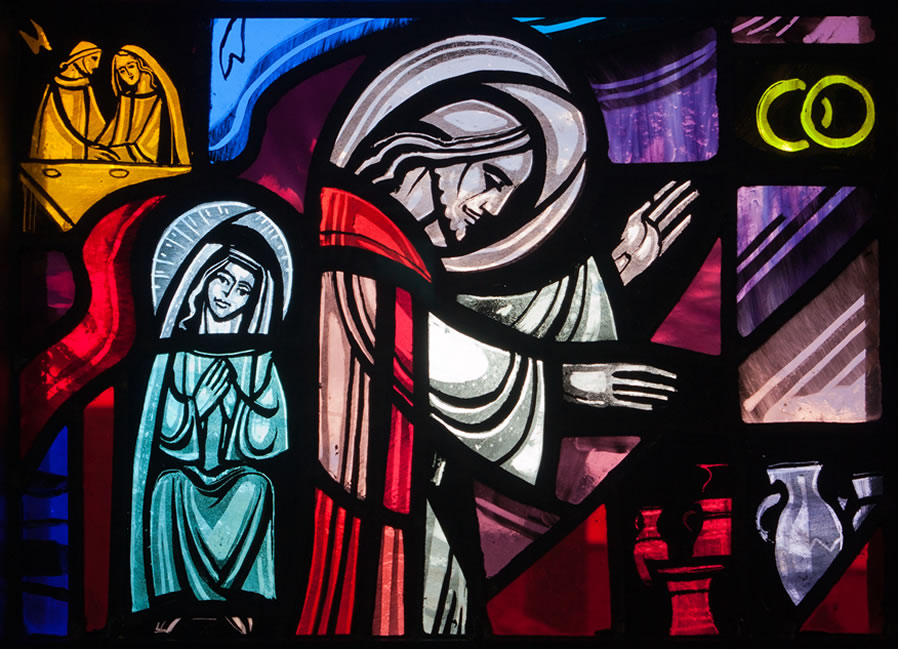St. Francis of Assisi Weekly Reflections

Fill the Jars with Water
01-20-2019Weekly ReflectionWe Celebrate Worship Resource, Vol. 44, No. 1Changing water into wine at the wedding at Cana is registered as Jesus’ first miracle, but John does not refer to these acts as miracles. He calls them “signs,” for they are performed in order to reveal God’s presence in human history. What does this sign reveal? Let’s look at the first reading for a clue. Isaiah used wedding imagery (“as a bridegroom rejoices in his bride”) and the metaphor of a marriage (“makes your land his spouse”) to describe God’s relationship to humanity (Isaiah 62:4, 5). God and humanity are united as in marriage. A covenant, a bond, has been established. In the Gospel, Jesus transforms water, which guests use to celebrate the wedding (for ceremonial washings), into wine, which guests use to celebrate the wedding. We will see wine again when Jesus’ hour truly comes: at the Last Supper, where it becomes his blood, and on the cross, where he drinks fully from the cup he cannot let pass, the cup of salvation. Jesus is actually the bridegroom, sent by God to humanity, which is the bride. Today and every Sunday, we come together to celebrate this bond and to drink the wine, the good wine, from the cup of salvation.
If the Church is the bride of Christ, how is the Mass like a wedding?
Llenen de Agua esas Tinajas
El cambio de agua en vino en la boda en Caná se registra como el primer milagro de Jesús, pero Juan no se refiere a estos actos como milagros. Él los llama “señales”, ya que se realizan para revelar la presencia de Dios en la historia humana. ¿Qué revela este signo? Echemos un vistazo a la primera lectura para una pista. Isaías usó imágenes de bodas (“como un joven se desposa con una doncella”) y la metáfora de un matrimonio (“y se ha desposado con tu tierra”) para describir la relación de Dios con la humanidad (Isaías 62: 4, 5). Dios y la humanidad están unidos como en el matrimonio. Se ha establecido un pacto, un vínculo. En el Evangelio, Jesús transforma el agua, que los invitados usan para celebrar la boda (para lavados ceremoniales), en vino, que los invitados usan para celebrar la boda. Volveremos a ver el vino cuando llegue la hora de Jesús: en la última cena, donde se convierte en su sangre, y en la cruz, donde bebe completamente de la copa que no puede dejar pasar, la copa de la salvación. Jesús es en realidad el novio, enviado por Dios a la humanidad, que es la novia. Hoy y todos los domingos, nos reunimos para celebrar este vínculo y beber el vino, el buen vino, de la copa de la salvación.
Si la Iglesia es la novia de Cristo, ¿cómo es la Misa como una boda?
BACK TO LIST